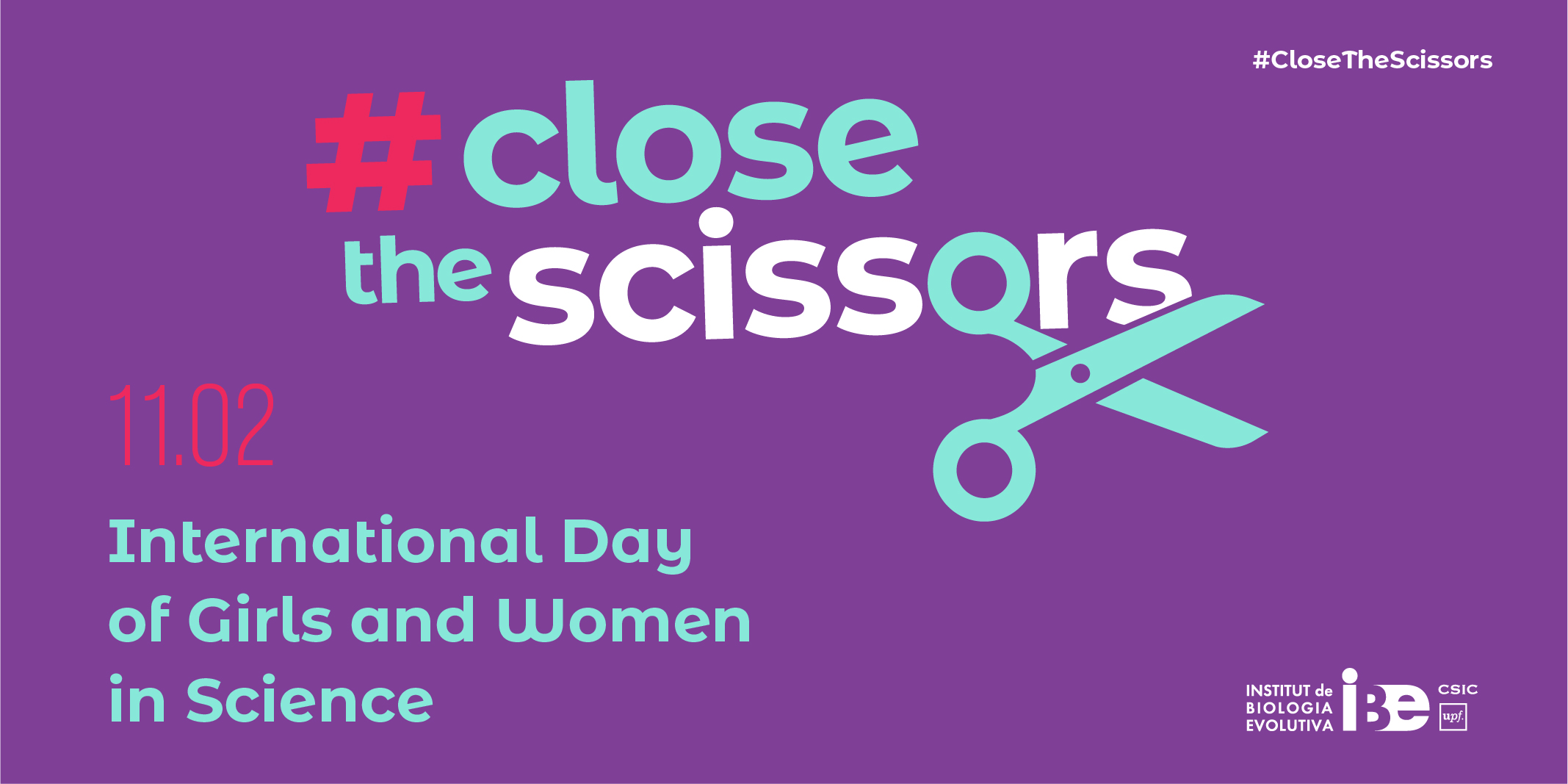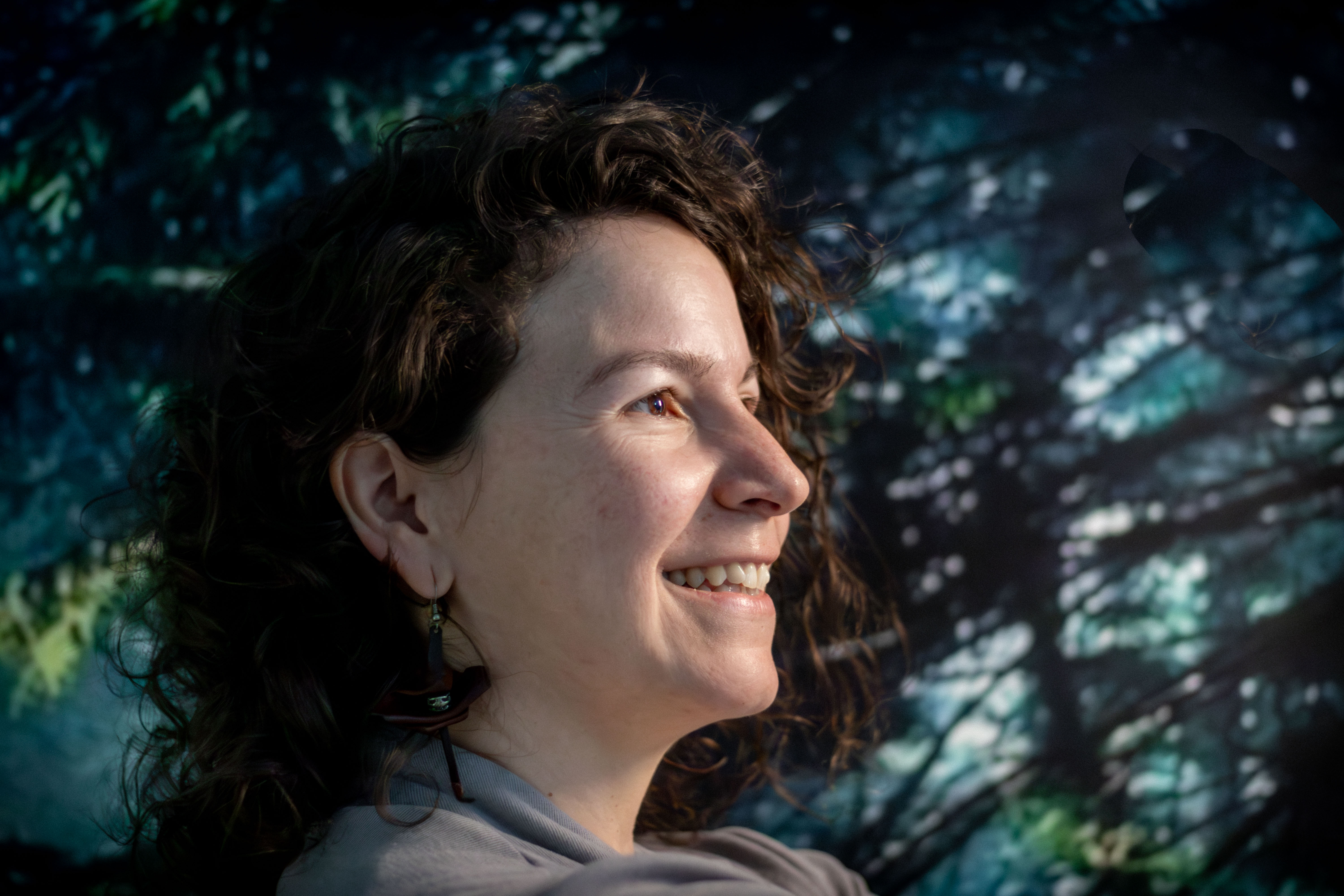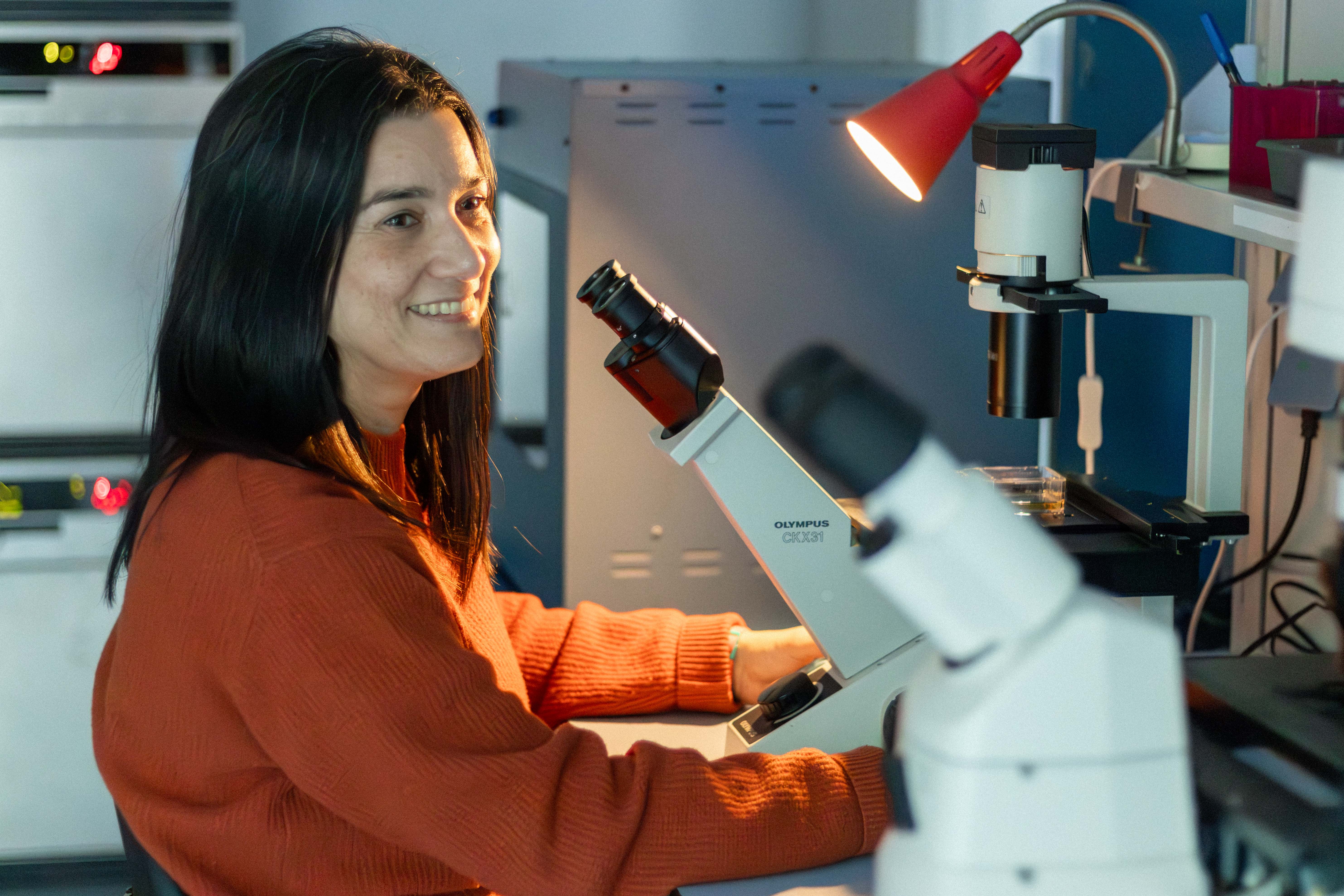The Postdoctoral Stage: A Critical Point in the “Leaking Pipeline”

According to the 2024 Women Researchers Report from the Spanish National Research Council (CSIC), the postdoctoral stage is the first major dropout point in the so-called “Leaking Pipeline.” This metaphor describes the progressive loss of women in science as they advance in their academic careers.
According to IBE scientists, the postdoctoral stage is one of the most challenging phases of research, characterized by short-term contracts, mandatory mobility, and constant pressure to publish.
The Postdoctoral Stage: between instability and pressure to publish
“I think the worst stage is the postdoctoral period,” explains Rosa Fernández, principal investigator at IBE, who highlights instability and heavy workloads as the main obstacles to overcome. “You have a medium- to long-term goal of securing a stable position, but the pressure is overwhelming.”

Rosa Fernández, principal Investigator at the IBE
Based on her experience, the first year is an adaptation period, and a third year would be necessary to obtain research results. However, most postdoctoral contracts last only two years.
“In your second year, you’re already thinking about applying for the next grant, often considering moving to a different city or country. That adds a lot of stress and is a very specific reality of the postdoctoral stage. I believe this has a greater impact on women because it happens in their thirties, a time when many start thinking about starting a family or already have children to care for,” she reflects.
Work-life balance and mandatory mobility: an additional challenge for women
For Marta Álvarez, a ComFuturo researcher at IBE’s Multicellgenome Lab, this stage is a combination of passion and sacrifice. “I love both lab work and fieldwork—what I call ‘lab coat and boots’ science,” she shares. However, she points out that the demands of the postdoctoral stage clash with family responsibilities.

Marta Álvarez, ComFuturo researcher at the IBE
“Your stage in life is a key factor. During my PhD, if needed, I’d stay in the lab until 10 PM or work weekends. But when I had my daughter, that changed. You learn to organize yourself differently and make the most of the hours you have. At the same time, the pressure remains high, which is contradictory. Ultimately, the postdoctoral stage is when you need to work the most, but you don’t have the hours to do so.”
On top of that, mandatory mobility is almost a prerequisite for advancing in academia.
“I went to Bristol just to check a box on my CV. The project interested me, but at that moment, going abroad wouldn’t have been my priority. However, I had applied for lecturer positions at universities, among other things, and the response was always the same: ‘Yes, great CV, great teaching skills, but you haven’t worked abroad.’ In my experience, mobility is not optional if you want to progress.”
Beyond the Postdoctoral Stage: stability and the future in academia
These testimonies reflect a reality documented in recent studies. A 2023 study highlights family responsibilities, stability, and salary as key reasons for leaving academia. However, the IBE scientists do not see salary as the decisive factor in their career choices.
“If you’re in academic science, you’re not doing it for the salary—you do it out of love for the field,” says Meritxell Antó, a laboratory technician at IBE, where she enjoys working on different projects in the Multicellgenome Lab, the lab she manages. “I see many different things, and luckily, in my group, I can choose the projects I like the most, so it’s a fairly varied job.”

Meritxell Antó, laboratory technician at the IBE
She notes that the technical career path has many advantages, but stability is not one of them. “When I finished studying at 25, I wasn’t worried about stability or salary—I just wanted to do something I loved. But as the years pass, those things start to matter more.”
Unlike the postdoctoral stage, the technical path is usually long-term. However, there are often few permanent positions “Not all labs can afford a technician. It requires the principal investigator’s commitment, as it’s an investment in both time and money—not all research groups are willing to make it,” concludes Meritxell Antó.
Workplace Environment: a key factor in “Closing The Scissors”
While stability and mobility are crucial factors, some studies suggest that for many women, the workplace environment can be even more influential than work-life balance in their decision to leave science.
In our next article, we will explore the impact of workplace culture on women’s retention in science. We will discuss impostor syndrome, gender disparities in male-dominated fields, and the measures needed to "Close The Scissors" and build a more equitable academic system.
Referenced Article:
White-Lewis, Damani K., KerryAnn O’Meara, Kiernan Mathews y Nicholas Havey (2023). Leaving the Institution or Leaving the Academy? Research in Higher Education 64. DOI: 10.1007/s11162-022-09712-9
Spoon, K., LaBerge, N., Wapman, K. H., Zhang, S., Morgan, A. C., Galesic, M., Fosdick, B. K., Larremore, D. B., & Clauset, A. (2023). Gender and retention patterns among US faculty. Science Advances, 9, 2205. DOI: 10.1126/sciadv.adi2205
